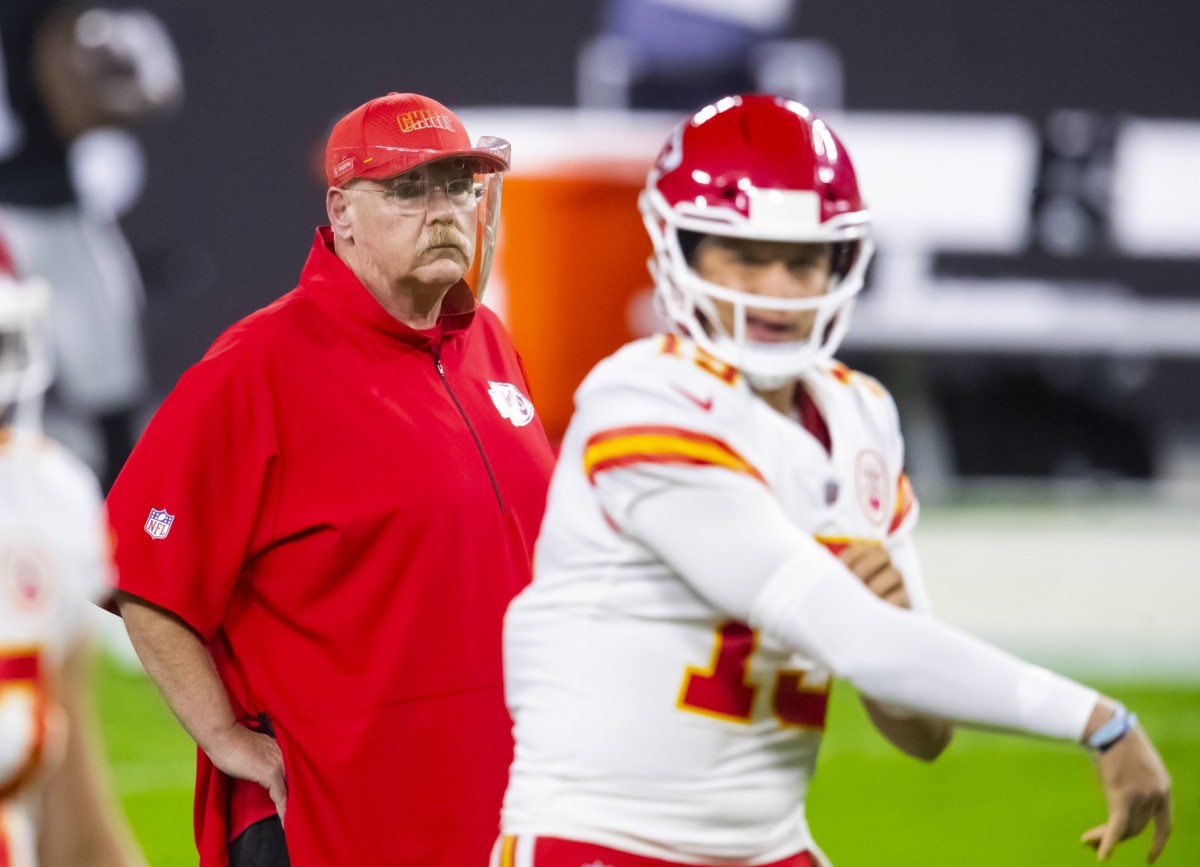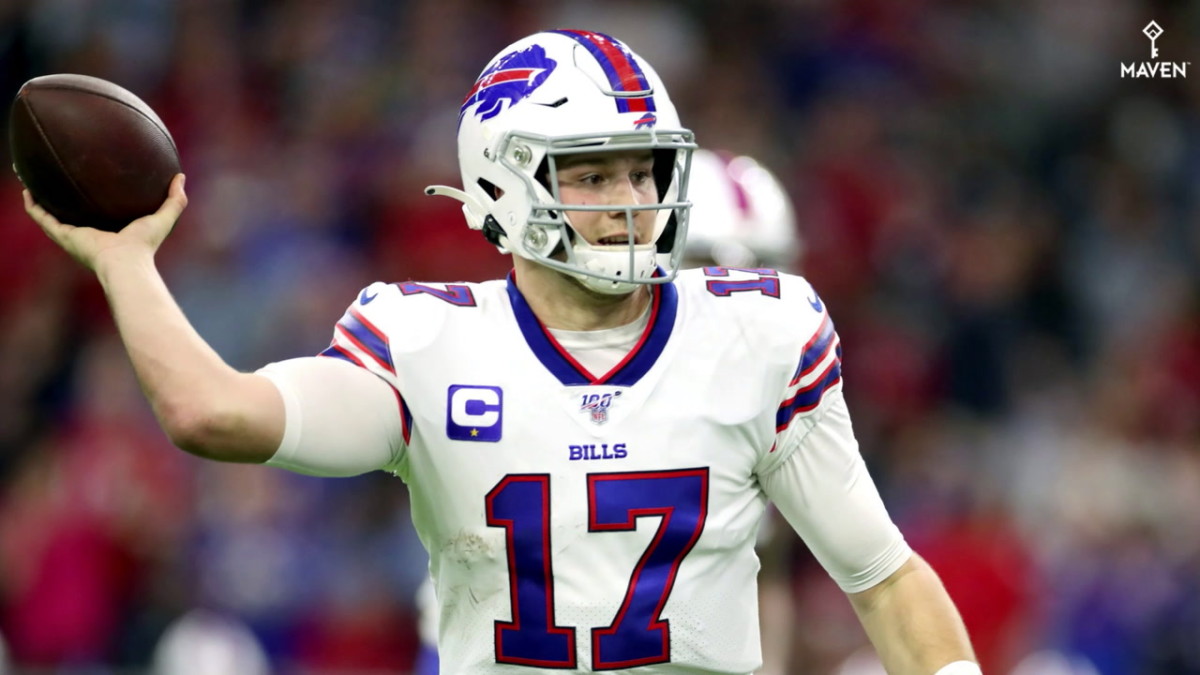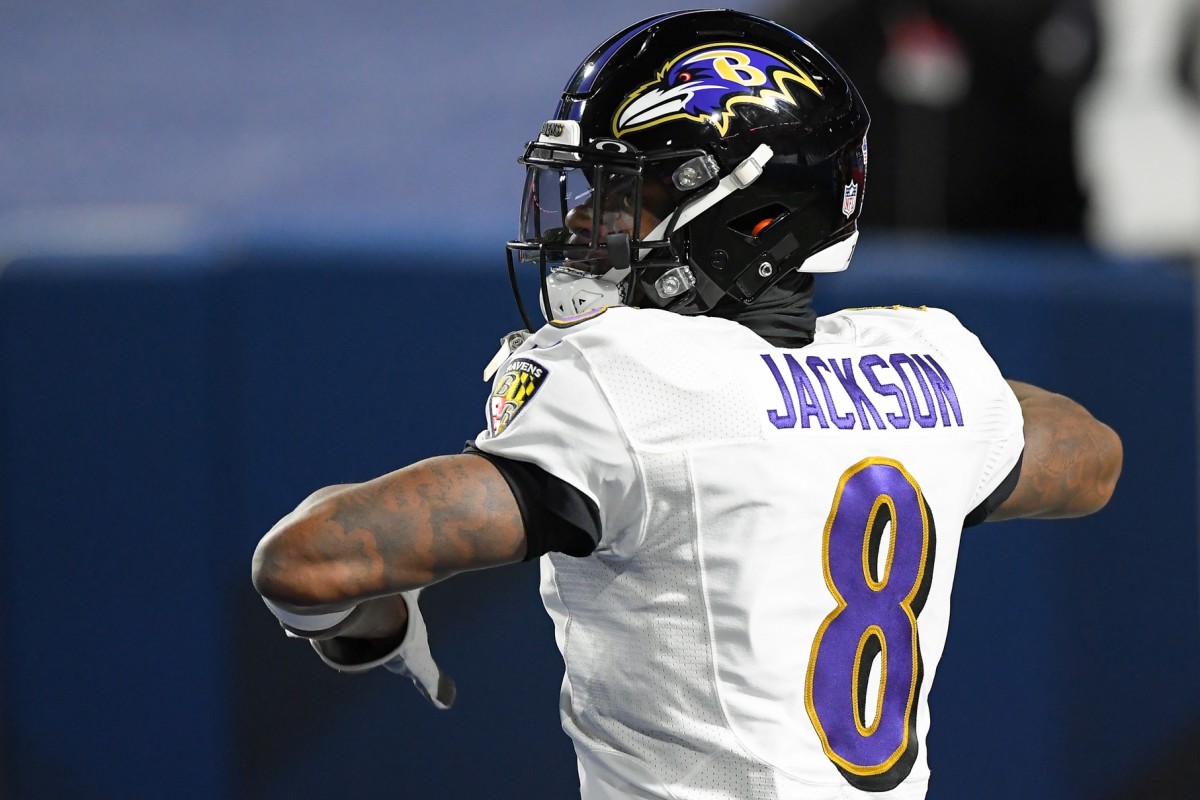Lessons Broncos can Learn From 3 Teams Trading Up to in 2017 & 2018 to Land a QB
In 2017, an NFL team that was in need of an upgrade at quarterback was in position to get one in a class that had potential but didn't turn heads. Another team, a playoff contender at that, but one that some would say needed an upgrade at QB, saw a prospect it liked and made a deal with the first team to go get him.
The first team thought the 2018 class was going to have better prospects, so it passed on the 2017 class. That team, in evaluating the 2018 class, narrowed its search down to a prospect that some had their doubts about. That team made a couple of moves to eventually land that prospect.
Meanwhile, another team looked at the 2018 class and had interest in a prospect who some thought might not be worth a first-round pick. When that prospect fell down the draft board, that team made a move to get back into the first round to select him.
And that team had plenty of success under its general manager, with multiple playoff trips and two Super Bowls, but never had an elite quarterback, including the guy who was there at the time, who happened to be somebody else the team traded up to get.
The teams in question would be the Kansas City Chiefs, who made a bold move to acquire Patrick Mahomes in 2017; the Buffalo Bills, who passed on Mahomes but then made a bold move to get Josh Allen the following year; and the Baltimore Ravens, who made a bold move to draft Lamar Jackson in 2018, and, a decade earlier, made a bold move to acquire Joe Flacco.
Of course, most people won't put Flacco in the same category as the other three, but the point is, the Chiefs, Bills, and Ravens worked to identify their guys, then maneuvered to get them. Furthermore, each team found a way to build its roster as if it already had its guys, even as it did it different ways.
Let's examine each team to see what they did.
Kansas City Chiefs

The Chiefs acquired Alex Smith for a second-round pick in 2013. While Smith wasn't more than an average QB, it's not hard to figure out why the Chiefs did this: The 2013 QB draft class was pretty weak.
The Chiefs did have success with Smith, making the playoffs multiple times. It helped having a veteran coach in Andy Reid who knew how to get the most out of players, even if some might question his game management decisions.
Along the way, the Chiefs built a roster mostly through the draft and found several players that could contribute to some degree: Eric Fisher, Travis Kelce, Dee Ford, Laurent Duvernay-Tardif, Marcus Peters, Mitch Morse, Steven Nelson, Chris Jones, and Tyreek Hill.
The Chiefs didn't get every move right — they sometimes overpaid for free agents and they gave up too much in a trade for Frank Clark. But Kansas City spent its time putting pieces into place, as if that average QB it had was its guy.
When the Chiefs scouted Mahomes, they liked what they saw. The team's move to get him did cost them a 2017 third- and a 2018 first-rounder, along with their own 2017 first, so it wasn't an inexpensive move. However, they didn't truly 'sell the farm' to get their guy.
Even though general manager John Dorsey stepped down after the draft, Reid was still there and he and his coaching staff were solidly behind Mahomes. Though the 2017 first-rounder played just one game (a win vs. the Denver Broncos in the season-finale), I would not have been surprised if Smith had gotten injured, the Chiefs would have moved forward with Mahomes at that point and never looked back.
Right now, it remains to be seen what the Chiefs get out of their more recent draft classes under current GM Brett Veach, and that will be important to ensure they remain successful. Mahomes may be the top QB in the NFL, but even the top dog needs a team built well around him.
Buffalo Bills

The Bills hadn't been to the playoffs since 1999 when head coach Sean McDermott was hired in 2017. Tyrod Taylor was the starting quarterback and, like Smith, was no better than average.
Still, McDermott wasn't impressed with the 2017 draft class and opted to pass on the prospects. And after Doug Whaley stepped down as general manager, and Brandon Beane came on board, the Bills now had a duo who saw things the same way and worked well together.
The Bills made the playoffs in 2017 but knew their work wasn't done. Buffalo kept its eyes on the 2018 draft class, made a move up the first round to get closer to the top 10, then looked at the top prospects.
While it's likely the Bills ruled out at least one QB they thought would go off the board early, they took a closer look at Allen. Though analytics said Allen was likely to bust, the Bills liked him more when they visited with him and, ultimately, took a chance in another move up the board to select him.
Before they did that, though, the Bills set to the task of reshaping the roster, trading away a number of players from the previous regime to add more picks. Some picks were traded away for other players — and that didn't always work, as evidenced by the Kelvin Benjamin trade.
But the Bills still did a good job of drafting players in 2017, acquiring Tre'Davious White, Dion Dawkins, and Matt Milano. And when Buffalo moved up to get Allen in 2018, it still had enough capital left to get Tremaine Edmunds and Harrison Phillips.
Since then, the Bills have added other players who have helped the team and, while they certainly made a bold move to trade for Stefon Diggs, that move paid off. All the while, Allen improved as a quarterback and took a big step forward in 2020, and McDermott has done quite well for himself as a head coach, leading the Bills to the AFC title game.
What happens with Allen remains to be seen, but it's easy to see that the Bills have been building a good team around him and have ensured they had draft capital to do so.
Baltimore Ravens

Ozzie Newsome first started with the team when it was the original Cleveland Browns in 1995, when he was named the director of pro personnel. When the team moved to Baltimore in 1996 and became the Ravens, Newsome was named vice president of player personnel but was the de facto general manager.
Newsome was with the Ravens through 2018, during which time the Ravens compiled a 200-167 record with 11 playoff trips and two Super Bowl wins. But despite all this success, Newsome never had an elite QB during his tenure.
The Ravens went through passer after passer in his early years, before they traded back into the first round to select Kyle Boller — who never panned out, thanks to injuries and inconsistent play.
Baltimore acquired Steve McNair in a trade with the Titans, but McNair was nearing the end of his career. Newsome knew he needed another QB and was linked to Flacco in 2008.
Sure enough, that's who Newsome selected, but did it through some shrewd draft-day maneuvers. First, he traded down from the eighth overall spot with the Jacksonville Jaguars to get the 26th overall pick, two third-rounders in 2008, and a 2008 fifth.
Then, Newsome moved back up in a deal with the Houston Texans, getting the 18th overall pick for the 26th overall pick, one of the thirds he acquired from the Jaguars, and a 2008 sixth-rounder.
In doing so, not only did Newsome get his guy in Flacco, he had pocketed extra third- and fifth-round picks and only lost his own sixth. Say what you want about Flacco, but in getting him, Newsome did a good job of working the draft board.
The Ravens made the playoffs six of 11 seasons with Flacco, but in his final years with the team, it was clear he didn't have much left. However, the Ravens finished 9-7 in 2017 and drafted late in the first, meaning the top QB prospects were out of reach.
But Jackson fell down the board — to the point the Ravens even passed on him with the 25th overall pick. However, when Jackson's slide continued, the Ravens decided the time was right to go get him and traded back into the first round, selecting the Louisville star and former Heisman Trophy winner with the 32nd overall pick.
The jury is still out on Jackson's future. Although he does have an MVP award to his credit, so did McNair. The question to ask about Jackson is whether he will become like Russell Wilson or whether he will be like McNair.
Regardless, Newsome is the perfect example of a GM who built a roster like he has his guy at quarterback, even when the QB is strictly average. From Jonathan Ogden to Ray Lewis to Ed Reed to Terrell Suggs to Haloti Ngata to Marshal Yanda to Jimmy Smith to C.J. Mosley to Ronnie Stanley, Newsome found players who played key roles for the Ravens to some degree.
Newsome also has had good coaches to guide the franchise. Brian Billick was 80-64 in his nine seasons as the team's head coach, before he and the Ravens parted ways. John Harbaugh has a 129-79 head-coaching record in 13 seasons and, despite going through multiple offensive coordinators, continues to guide the team with a steady hand.
Newsome's successor, Eric DeCosta, hasn't changed that philosophy much, mostly preferring to avoid free agency and build through the draft. Time will tell how DeCosta fares, but so far, he's following the same approach as Newsome: Build as though we have our quarterback, even if it's not a given that we do.
Moral to the Story for Broncos
Finding your quarterback isn't easy, but you have to know when to strike. More importantly, you have to be building a team as though you do have your guy, even when you aren't sure you have him. That way, when the opportunity presents itself, you can strike and, thus, bring your team to the next level.
But when you do find your guy, you better be careful not to forget about continuing to build around him, and the draft remains your best bet.
When John Elway signed Peyton Manning in 2012, he was fortunate, because the Broncos had reached the playoffs in 2011 with Tim Tebow and the top QBs in the 2012 draft class were going to be tough to come by. Sure, Russell Wilson fell down the board, but ask scouts at the time and you'd be hard-pressed to find one who thought he'd be an elite passer someday or a World Champion two years in.
More to the point, if Elway hadn't landed Manning, he still needed to build his team like he had his guy. Elway did a good job of drafting in 2012, but went through a few classes of picks that weren't working out after that, and that was compounded with mostly bad picks in 2015-17, save for Justin Simmons and Garett Bolles.
Add in misses in free agency that did just enough to set the Broncos back, and you had more going wrong than just the lack of a good quarterback keeping the team from being a true playoff contender.
Elway did a better job in 2018-20 of drafting players, even if it's not clear that Drew Lock is the guy to build around. Still, Elway's approach got back to the idea of 'building the team around the QB, even if you aren't convinced you have your QB' and that's got the Broncos headed in the right direction.
On top of that, Elway didn't have a head coach stick around for long during his time as the man in charge of personnel. One can argue whether or not he had the right guy in that position and that a change needed to be made, but it's tough to build continuity when you go through multiple coaches.
Bottom Line
It's easy to get smitten by this year's QB class and think a bold move has to happen, but the other teams I've cited show that sometimes it's about making that move when the time is right. That time may not be with a deep class, but it may be with somebody people are overlooking for whatever reason, but turns out to be the right fit for the team and its coaching staff.
What does all this mean for Broncos' GM George Paton? We might get some clues by looking at the franchise he worked at for many years and his approach thus far. That will be covered in the next installment of this deep-dive series on the quarterback position.
Be sure to check out Part I and Part II of our QB series.
Follow Bob on Twitter @BobMorrisSports.
Follow Mile High Huddle on Twitter and Facebook.
Subscribe to Mile High Huddle on YouTube for daily Broncos live-stream podcasts!
